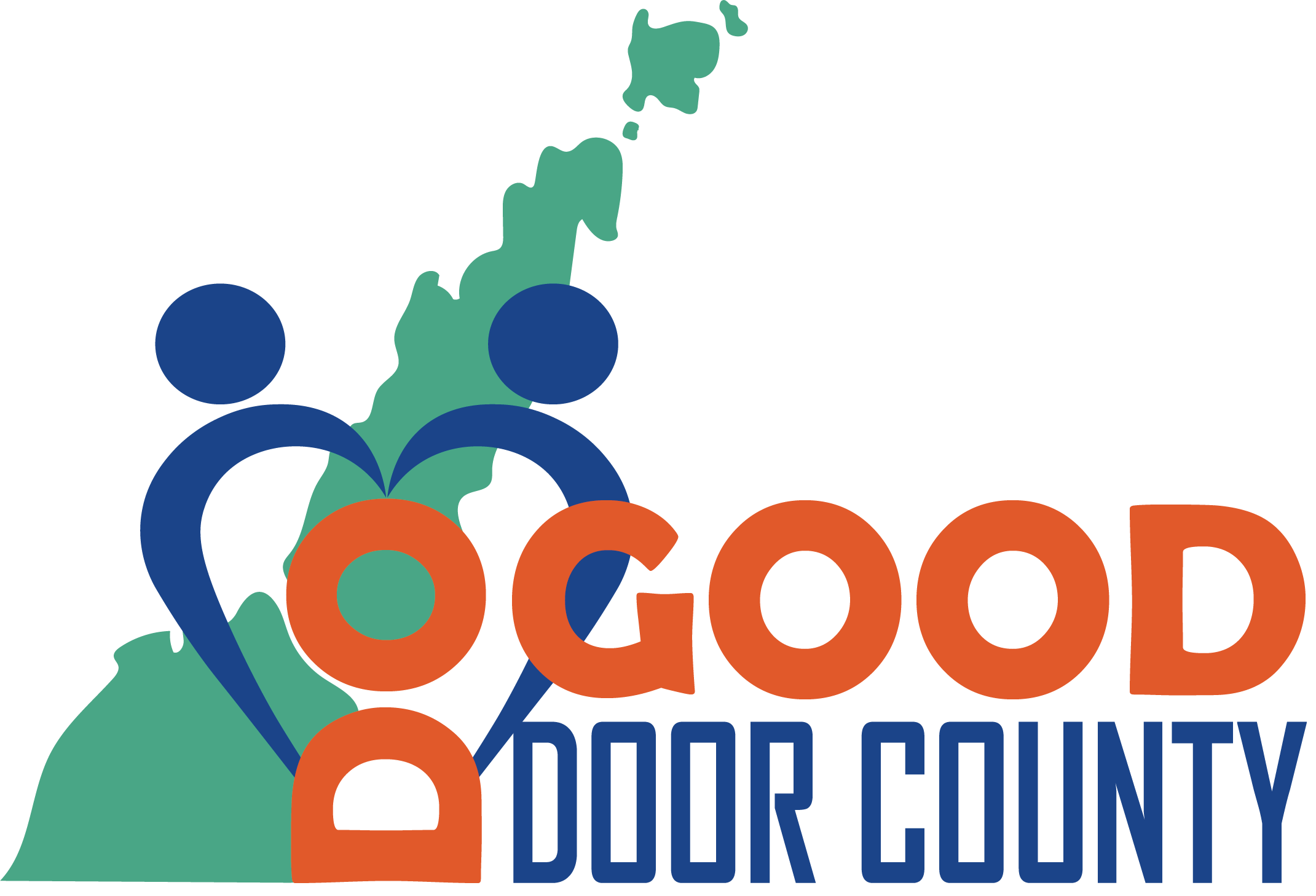From Clutter to Care: Addressing Hoarding Disorder Among Older Adults
Recently, the U.S. Senate Special Committee on Aging released a comprehensive report titled “The Consequences of Clutter: How Hoarding Disorder Affects America’s Older Adults, First Responders, and Their Communities.” This report sheds light on the profound impact of hoarding disorder on older Americans and provides recommendations for federal and local agencies to better support those affected. Hoarding disorder is a complex mental health condition characterized by the excessive accumulation of items, which can create hazardous living conditions. The Senate report, see the full report at https://www.documentcloud.org/documents/24785563-senate-aging-committee-report-on-hoarding-disorder-july-2024, highlights that this disorder disproportionately affects older adults, with approximately six percent of individuals

